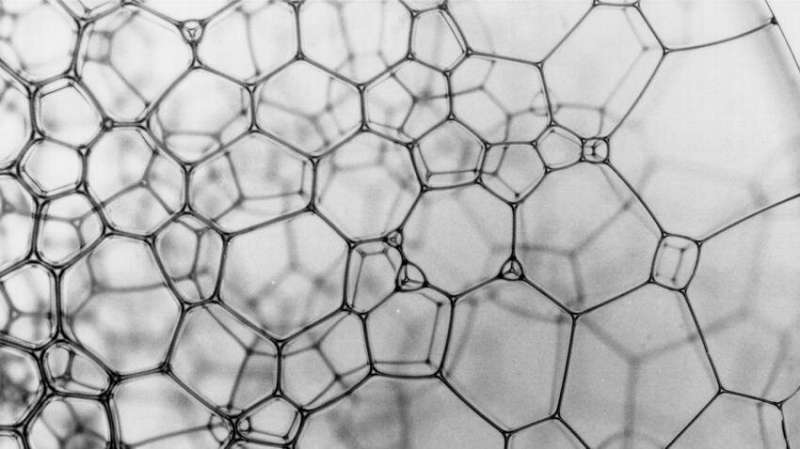Can mathematics help us understand the complexity of our microbiome?

How do the communities of microbes living in our gastrointestinal systems affect our health? Carnegie's Will Ludington was part of a team that helped answer this question.
For nearly a century, evolutionary biologists have probed how genes encode an individual's chances for success—or fitness—in a specific environment.
In order to reveal a potential evolutionary trajectory biologists measure the interactions between genes to see which combinations are most fit. An organism that is evolving should take the most fit path. This concept is called a fitness landscape, and various mathematical techniques have been developed to describe it.
Like the genes in a genome, microorganisms in the gut microbiome interact, yet there isn't a widely accepted mathematical framework to map the patterns of these interactions. Existing frameworks for genes focus on local information about interactions but do not put together a global picture.
"If we understand the interactions, we can make predictions about how these really complex systems will work in different scenarios. But there is a lot of complexity in the interaction networks due to the large number of genes or species. These add dimensions to the problem and make it tricky to solve," said Ludington.
So, Ludington began talking to mathematician Michael Joswig of the Technical University in Berlin.
"Michael thinks natively in high dimensions—many more than four. He understood the problem right away," said Ludington.
Joswig and Ludington then joined with Holger Eble of TU Berlin, a graduate student working with Joswig, and Lisa Lamberti of ETH Zurich. Lamberti had previously collaborated with Ludington to apply a slightly different mathematical framework for the interactions to microbiome data. In the present work, the team expanded upon that previous framework to produce a more global picture by mapping the patterns of interactions onto a landscape.
"In humans, the gut microbiome is an ecosystem of hundreds to thousands of microbial species living within the gastrointestinal tract, influencing health and even longevity," Ludington explained. "As interest in studying the microbiome continues to increase, understanding this complexity will give us predictive power to engineer it."
But the sheer diversity of species in the human microbiome makes it very difficult to elucidate how these communities influence our physiology. This is why the fruit fly makes such an excellent model. Unlike the human microbiome, it consists of only a handful of bacterial species.
"We've built a rigorous mathematical framework that describes the ecology of a microbiome coupled to its host. What is unique about this approach is that it allows a global view of a microbiome-host interaction landscape," said Ludington. "We can now use this approach to compare different landscapes, which will let us ask why diverse microbiomes are associated with similar health outcomes."
The authors note that the framework applies equally well to traditional genetic interactions. Their work is published in the Journal of Mathematical Biology.
More information: Holger Eble et al, Cluster partitions and fitness landscapes of the Drosophila fly microbiome, Journal of Mathematical Biology (2019). DOI: 10.1007/s00285-019-01381-0
Provided by Carnegie Institution for Science



















